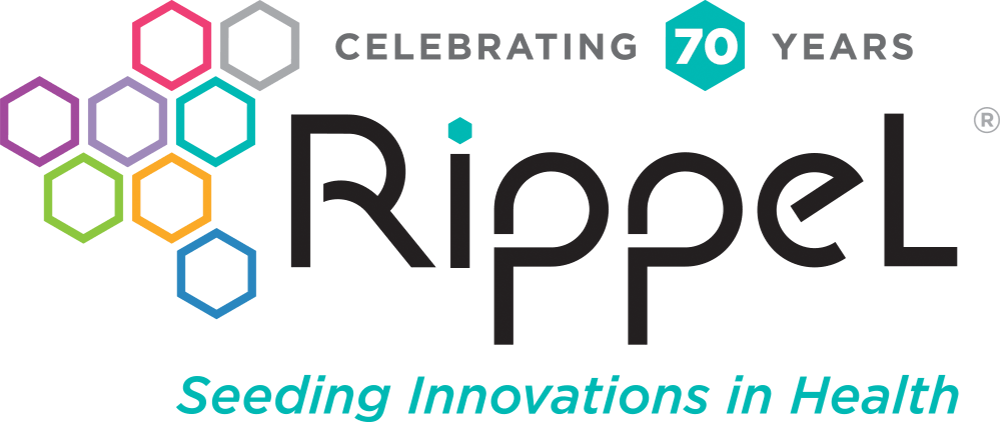The Stew BLOG
ROI for Population Health: Evidencing a Double Standard
The following is a cross-post from the Investing in Results Blog, a joint project of the Federal Reserve Bank of San Francisco and the Nonprofit Finance Fund.
The U.S. under-invests in population health, or interventions that protect well-being and prevent illness. We can safely assume that we underinvest in population health because sickness and poor health are common, even though many of these afflictions are preventable.
This also means that we overinvest in acute health care, the treatment of illness and chronic conditions. As debate rages about the future of healthcare, it is worth taking a close look at what we already know works, both to improve health outcomes and reduce costs. This is where Return on Investment (ROI) can help because it is one form of calculating costs and benefits. Generally speaking, if the benefits exceed costs, we should spend more. If costs exceed benefits, we should spend less.
The good news is that the evidence in support of population health benefits is solid, and growing. Results from ReThink Health’s simulation model suggest that with the right set of interventions, we could reduce severe illness by 20 percent, lower healthcare costs by 14 percent, and improve economic productivity by 9 percent. Likewise, the database of interventions from the Washington State Institute for Public Policy or this systematic review of public health interventions from the University of York demonstrate that the benefits from well-selected population health investments are sizeable and broad and exceed their costs—benefitting individuals and taxpayers alike, with gains in education, crime reduction, income, productivity, and reductions in health care costs and health disparities.
The cautionary news is that a double standard is afoot. Many population health interventions demonstrate positive ROI, yet we fail to invest in them. At the same time, many health care treatments don’t demonstrate ROI (or even attempt to calculate ROI), yet we do spend on them—in fact, here we often spend too much.
For example, arthroscopic knee surgery has questionable benefits, yet 700,000 of these procedures are done in the United States each year at an average cost of roughly $8,000 (totaling $5.2 billion). More than 150 million prescriptions a year are for “off-label” use, meaning they are used to treat conditions for which they were not approved. Yet there is virtually no evidence to suggest that these medications work in 73% of the cases. Atul Gawande, New Yorker staff writer, surgeon, and public health researcher, provides an insightful look into the scale and breadth of health care overspending in his 2015 piece, “Overkill.”
The Diabetes Prevention Program studied the impacts of both lifestyle interventions and pharmaceuticals. The research found the non-clinical interventions to be more effective than the medication. Yet the program of lifestyle interventions had to demonstrate both health impact and cost savings, while pharmaceutical use outside of the program required no such evidence. The double standard means we favor drugs and devices over alternative methods to improve health.
We must ask ourselves why we have this double standard.
There are likely many reasons, one of which may be simply, human nature. When I am sick, or my patients are sick, we want the sickness to go away—often at all costs. Sickness is immediate and scary. Population health, by contrast, is a vague and faceless sort of vulnerability. An ache rather than a stab of pain. We looked at brown water in Flint and shrugged; it wasn’t until children were showing up in emergency rooms that we acted. The ills of population health don’t cry out for our attention until they materialize in the form of acute crises. Homelessness. Rising suicides. Mass incarceration.
People look to ROI as a guide to the value of something, and it is. But the value expressed in benefits is not the whole of the story. If we don’t care about health inequities or safety, no amount of ROI will convince us otherwise. If officials had calculated the ROI of adding chemicals to the water in Flint Michigan to keep it safe, perhaps a different decision might have been taken. (The ROI as it turns out was astronomical—billions in cost savings for about a $150,000 investment in chemicals.)
And let’s not pretend that our current public spending decisions in the U.S. are anchored around ROI—whether in health care (where $2 trillion of the $3 trillion annual spending is from public funds)—or almost anywhere else. Outside of health, for example, we spend $45 billion a year in the United States on state and local business incentives, with little to show for it. Meanwhile, the opioid epidemic is ravaging local workforces, such that employers can’t find the workers they need.
We have all the ROI evidence we need to start investing differently, and if we used this evidence, our spending patterns would look very different and so too would our health and community outcomes. We would spend less on questionable health care treatments. Instead, we would remove lead based paint from homes; provide prenatal care to all expectant mothers; address childhood trauma; treat substance abuse as an illness rather than a crime. The question is whether we have the will and courage to do so. Please feel free to share your thoughts and comments below or email us at [email protected].

